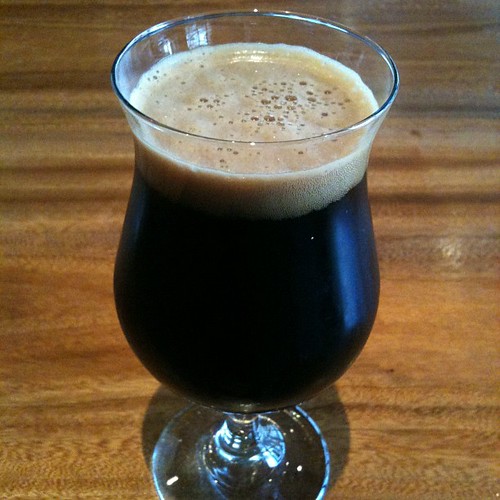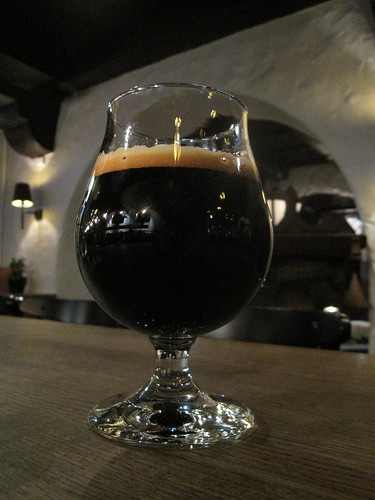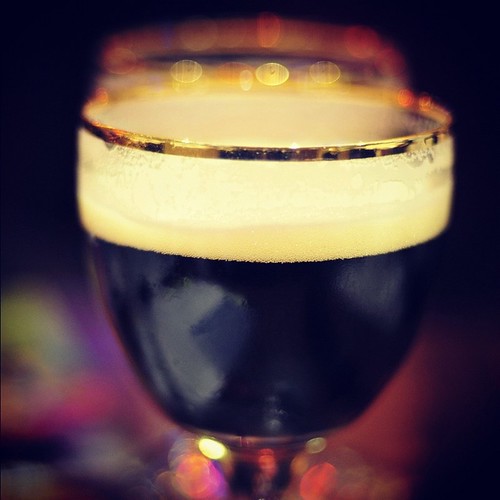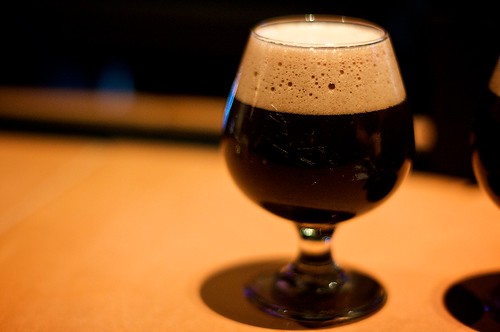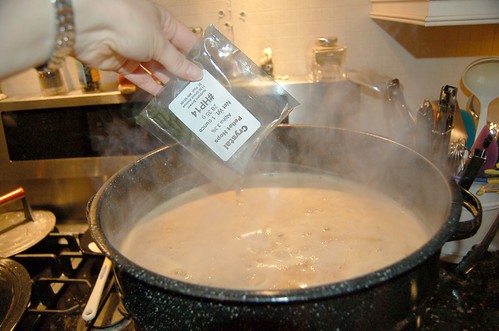
Vessels by AdamLogan
This is the first in a series of articles about homebrewing in the DC area by Carl Weaver of RealHomebrew.com. Want to learn about making your own beer? Keep an eye out for Friday homebrew features.
I read on treehugger.com that a life cycle assessment study was done that showed that the environmental impact of kegged beer was 68% lower than that of bottled beer. Most of the impact is due to packaging differences and how people get their beer.
Kegging has much less environmental waste than bottling. Bottling beer requires heavy glass containers that only sometimes are returned for refill, bottle caps that are useless once removed, and lots of gas spent transporting everything both to the store and then to your home. Kegged beer has a lighter package per volume, which means less gas cost, and the keg is always returned for reuse. Really – when have you bought a keg of beer and decided to throw it away after it was empty? Bars and restaurants are the same way. They return those empty buggers to get their deposits back.
This study only looked at a commercially produced beer, and in part of Europe where people likely have more draft beer at bars than Americans tend to, with all of our bottled choices at the bars we frequent. While the disparity in environmental impact is likely still great here in the States, the differences in how we consume beer might have to be examined.
The environmental impact for kegged beer is probably pretty close to bottled beer for homebrewers, I would guess. We are almost fanatical about collecting and reusing bottles. It’s not that we are all tree huggers, but that bottles are expensive if you have to buy them. They are still heavier than kegs by volume, and require crown caps, which get discarded, but I suspect the difference in impact between the two methods is minimal for homebrewers.
On the other hand, if kegging is more environmentally friendly, maybe that is a good argument to invest in a kegging system. Do you like the beers you make? They will taste even better off the tap. Trust me – once you go keg, you never go back. First thing first, though — start brewing, then eventually work your way to a keg. Big Daddy will help you do it.
Originally published at RealHomebrew.com.
Beer Bottles by AdamLogan.


